The full story of the Wainuiomata and Orongorongo Water Catchment.
The history of the Wainuiomata/Orongorongo Water Catchment Area is an interesting one. It involved a lot of infrastructural projects that have come and gone. Located in the eastern part of the Remutaka Ranges, the area spans 7,600 hectares.
The government directed the Wellington City Council (WCC) to secure a dependable water supply. Prior survey work had been conducted, with Wainuiomata identified as the preferred location, followed by Kaitoke as a second option, albeit with significantly higher costs due to its distance. The assessment was initially undertaken by Morton’s predecessor at WCC. Upon reconfirmation of Wainuiomata’s suitability, WCC sought government approval to designate the Wainuiomata catchment as a water collection reserve, which was granted. Subsequently, Orongorongo was included under similar circumstances, with no additional costs as it was government-owned land.
At the time, the Wainuiomata catchment land was owned by Sinclairs, who had already utilized parts of it for village development and timber harvesting. However, their activities were halted when the government invoked the Works Act, leading to the purchase of the land. The compensation paid to Sinclairs was likely modest, tied to their original purchase costs, which were minimal due to early land sales in the valley. Later renamed Waterworks Valley, the acquired land constituted a fraction of Sinclairs’ overall holdings.
Shortly thereafter, Sinclairs faced financial difficulties and left the valley, partly due to competition from cheaper timber sourced from the north following the completion of the railway. Additionally, the introduction of innovative 750mm cast iron pipes from Glasgow played a pivotal role in the project. These pipes, unprecedented at the time, were ordered before finalizing plans, indicating the forward-thinking approach of the project’s stakeholders.
It’s widely acknowledged that the government covered various costs, including compensating Sinclairs and supplying the pioneering pipes. Orongorongo was gifted to WCC, aligning with a common pattern observed in major projects where the government supports local authorities financially to spur national development. Loans from the government to WCC and others facilitated the project, with some debts forgiven later due to changing circumstances.
The Waterworks project was a collaborative effort, with WCC spearheading the groundwork. The construction phase involved nearly 100 contracts, demonstrating its rapid progression. However, challenges emerged post-construction, including a series of storms that damaged the newly built weir, resulting in leaks and subsequent repairs. The pipeline also faced faults for several years, with one end of the pipe bridge over the Hutt River being destroyed in a flood, necessitating extensive repairs and causing intermittent disruptions to the water supply.
Today, the collection of water relies on five low dams (weirs) equipped with intakes and pipes, serving as the primary water source for the Wainuiomata Water Treatment Plant. Approximately 15 percent of Wellington’s annual water supply is sourced from intakes along the Wainuiomata River and George Creek. In the Orongorongo Valley, weirs strategically placed on the Orongorongo River, Big Huia Creek, and Little Huia Creek contribute an additional five percent to the Wellington water supply. Connecting the two catchments is a 3.2-kilometer-long access and pipeline tunnel.
Special thanks to Carl Smith for his help with this section of the article.
Lower Dam
The first catchment for Wellington’s water supply was in Karori, but it was clear that another site was needed as Wellington’s water needs exceeded supply. The Wainuiomata Valley, located adjacent to the Hutt Valley and Eastbourne was selected in 1878 as the new water catchment area to supplement the supply from Karori. Construction of a small concrete dam took place in Sinclair Valley and the same year, 27 kilometres of pipeline to Wellington were laid. Despite challenges like flooding and pipe bursts in the ensuing years, by 1887, the Wainuiomata Scheme provided 176 litres daily, enough for 26,000 people.
Morton Dam
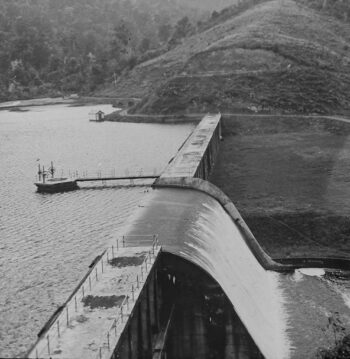 As the population in Wellington increased, more water was needed. In 1904, work began on a larger dam called Morton Dam. Located behind the lower dam, work was completed in 1911. This boosted the daily water output to 2.9 million litres. In 1912, a second larger pipeline was laid to the Wellington suburb of Karori. Measuring 128 meters in length and standing at a height of 17 meters, the Morton Dam stands as one of New Zealand’s significant early concrete dams. Constructed with a series of open-fronted cells formed by its buttresses, the dam layout is punctuated by a spillway located at the western end. Notably, the upstream side of the dam showcases an inclining wall design. The dam was named in honor of William Hobbard Morton (1866–1923), the Wellington City Engineer credited with the design of this reinforced concrete flat slab buttress dam.
As the population in Wellington increased, more water was needed. In 1904, work began on a larger dam called Morton Dam. Located behind the lower dam, work was completed in 1911. This boosted the daily water output to 2.9 million litres. In 1912, a second larger pipeline was laid to the Wellington suburb of Karori. Measuring 128 meters in length and standing at a height of 17 meters, the Morton Dam stands as one of New Zealand’s significant early concrete dams. Constructed with a series of open-fronted cells formed by its buttresses, the dam layout is punctuated by a spillway located at the western end. Notably, the upstream side of the dam showcases an inclining wall design. The dam was named in honor of William Hobbard Morton (1866–1923), the Wellington City Engineer credited with the design of this reinforced concrete flat slab buttress dam.
Orongorongo Valley Water Catchment
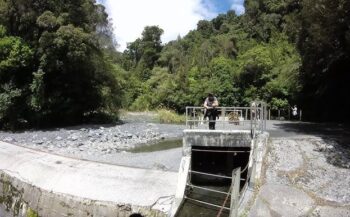 Continued population growth and further dry years in 1915-17 and 1919 nearly depleted the reservoirs. A new solution was needed prompting the council to look to the adjacent Orongorongo Valley for water. In 1921, construction began on three weirs, with a 3.2km tunnel and associated pipeline that connects to the Wainuiomata Treatment Plant. The highest point in the Wainuiomata Catchment stands at an elevation of 800 meters above sea level. This unnamed summit serves as the demarcation between the Wainuiomata and Orongorongo catchments.
Continued population growth and further dry years in 1915-17 and 1919 nearly depleted the reservoirs. A new solution was needed prompting the council to look to the adjacent Orongorongo Valley for water. In 1921, construction began on three weirs, with a 3.2km tunnel and associated pipeline that connects to the Wainuiomata Treatment Plant. The highest point in the Wainuiomata Catchment stands at an elevation of 800 meters above sea level. This unnamed summit serves as the demarcation between the Wainuiomata and Orongorongo catchments.
Dam Decommissioning and Replacement Weirs
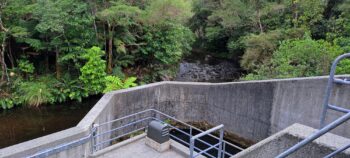 During the 1950s, the lower dam ceased to be used for supplying water, while the Morton dam and Orongorongo weir remained responsible for providing Wellington’s water needs. Around 1969 or 1970, the spillway on the lower dam was reduced in height by about a meter to enhance safety. Sluices underneath the dam were also opened. The Wainuiomata River still flows over the spillway to this day. In the late 1980s, concerns about the safety of the Morton Dam led to its decommissioning in 1989. The reservoir was then drained, and the dam breached to allow water passage from the Wainuiomata River and George Creek. The replacement for the dam was two new weirs on the Wainuiomata River to accompany the existing three weirs in the Orongorongo Valley.
During the 1950s, the lower dam ceased to be used for supplying water, while the Morton dam and Orongorongo weir remained responsible for providing Wellington’s water needs. Around 1969 or 1970, the spillway on the lower dam was reduced in height by about a meter to enhance safety. Sluices underneath the dam were also opened. The Wainuiomata River still flows over the spillway to this day. In the late 1980s, concerns about the safety of the Morton Dam led to its decommissioning in 1989. The reservoir was then drained, and the dam breached to allow water passage from the Wainuiomata River and George Creek. The replacement for the dam was two new weirs on the Wainuiomata River to accompany the existing three weirs in the Orongorongo Valley.
Water Treatment
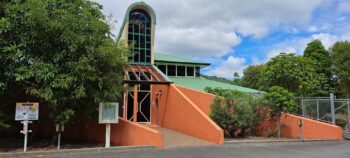 Due to the Boxing Day flood in 1962. Intense rainfall in the Wainuiomata and Orongorongo valleys caused damage to intake weirs and transported mud and silt into the city before the valve could be closed. Consequently, construction of a chlorination plant commenced in 1963 to address both water supplies and permanent chlorination and fluoridation facilities were completed by 1964-65. Strainers were later installed on the O-K main in 1967 and the Wainuiomata pipe in 1968. Decades later in 1992, the Wainuiomata Treatment Plant was constructed.
Due to the Boxing Day flood in 1962. Intense rainfall in the Wainuiomata and Orongorongo valleys caused damage to intake weirs and transported mud and silt into the city before the valve could be closed. Consequently, construction of a chlorination plant commenced in 1963 to address both water supplies and permanent chlorination and fluoridation facilities were completed by 1964-65. Strainers were later installed on the O-K main in 1967 and the Wainuiomata pipe in 1968. Decades later in 1992, the Wainuiomata Treatment Plant was constructed.
Wainuiomata Pipeline
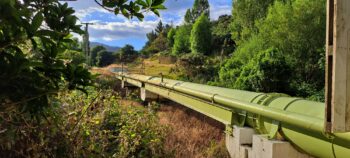 River water is directed to a treatment facility via intake pipes and distributed through pipelines. In the Orongorongo Valley, three weirs transport water to the treatment plant via a tunnel, while weirs along the Wainuiomata River are piped to the same destination. From there, water is distributed to Wainuiomata, the Wellington City Business District, and the southern and eastern suburbs through a pipeline that eventually interconnects at Nguaranga with the Kaitoke to Karori pipeline, ensuring water security by enabling transfer between pipelines from multiple sources.
River water is directed to a treatment facility via intake pipes and distributed through pipelines. In the Orongorongo Valley, three weirs transport water to the treatment plant via a tunnel, while weirs along the Wainuiomata River are piped to the same destination. From there, water is distributed to Wainuiomata, the Wellington City Business District, and the southern and eastern suburbs through a pipeline that eventually interconnects at Nguaranga with the Kaitoke to Karori pipeline, ensuring water security by enabling transfer between pipelines from multiple sources.
Mini Hydro Power Generation
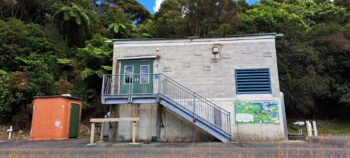 In 2008, a hydro-electric generator was built to power a turbine and generate electricity for a the Wainuiomata Treatment Plant. The water collected in the Orongorongo system, is piped through a 5.6km pipeline and tunnel and passes through a powerhouse before arriving at the plant.
In 2008, a hydro-electric generator was built to power a turbine and generate electricity for a the Wainuiomata Treatment Plant. The water collected in the Orongorongo system, is piped through a 5.6km pipeline and tunnel and passes through a powerhouse before arriving at the plant.
Wetland Development
With the decommissioning of both dams, some decades later in 2007, a shallow lake and wetlands area was created. Today, it is home to native birds like bellbirds, kereru, and paradise ducks. In 2013, the lower dam and wetlands was opened to the public for the first time in over 129 years. To get there, you can walk along Reservoir Road to the end. This road is actually part of Gums Loop Walk, so you can also access it via the bush walk as it is a loop walk.
Wainuiomata Regional Park
With public access and tracks to the lower dam and surrounds, the area became known as the Wainuiomata Recreation Area. In 2022, it changed its name to Wainuiomata Regional Park. The park has numerous bush walks, swimming holes, and leftover artifacts from forgotten infrastructure belonging to the waterworks.

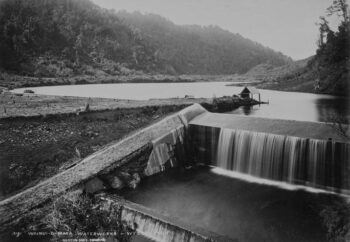
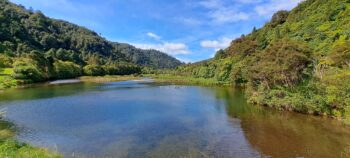
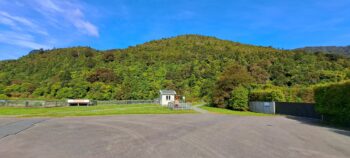
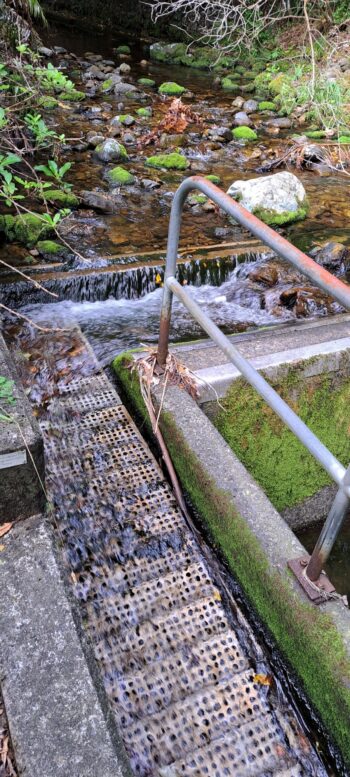
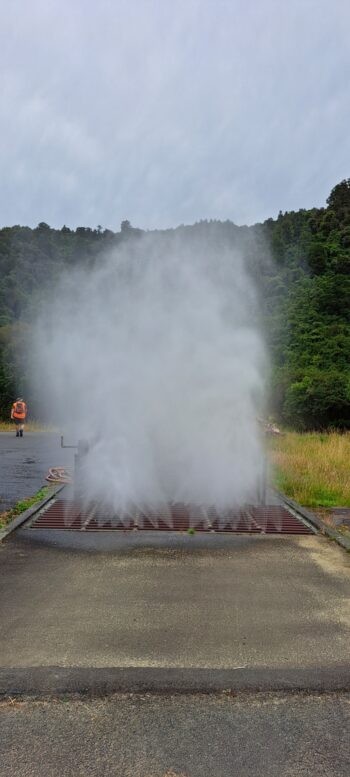
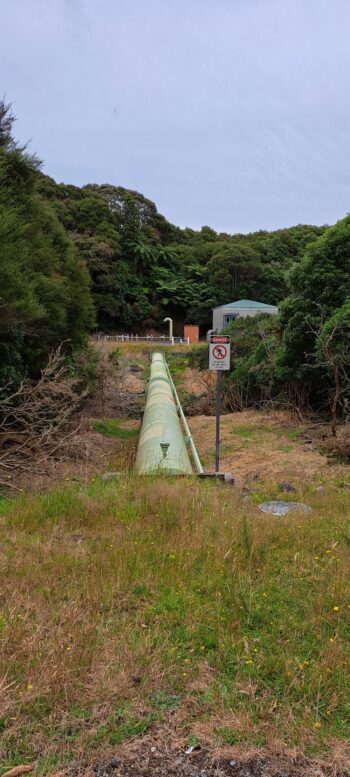
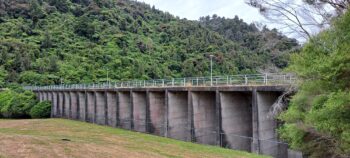
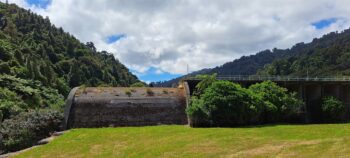
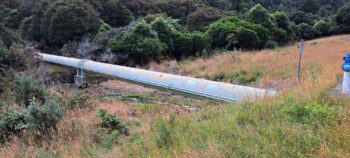
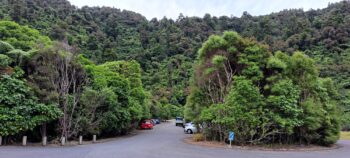
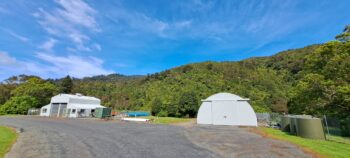
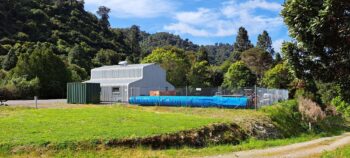
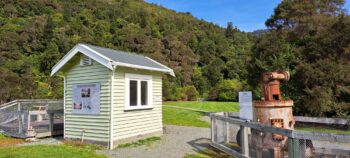
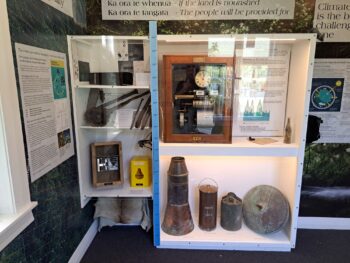
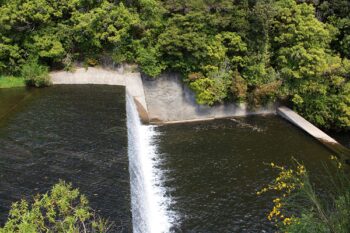
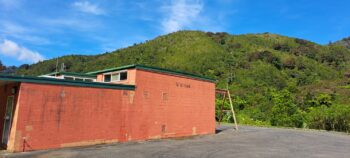
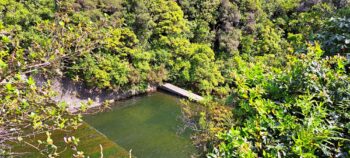
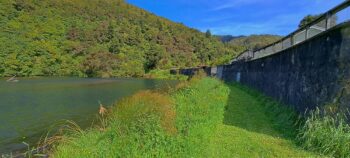
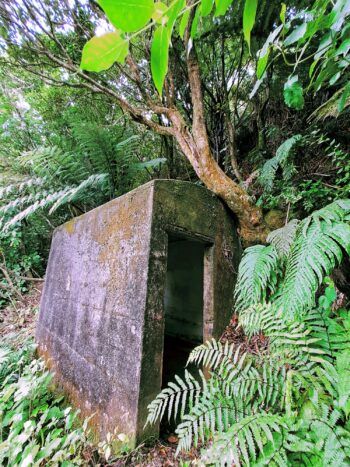
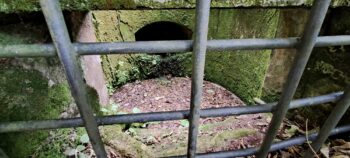
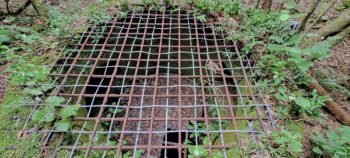
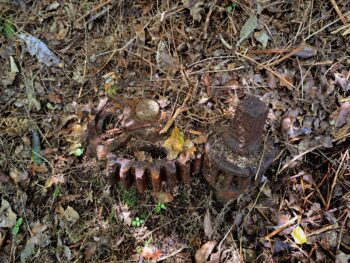
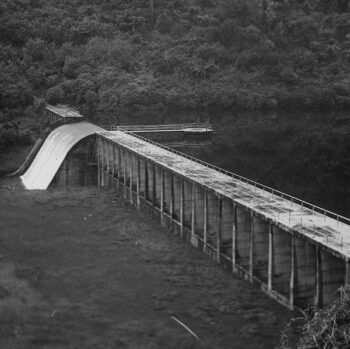
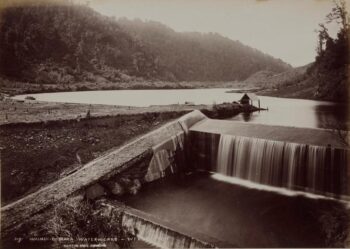
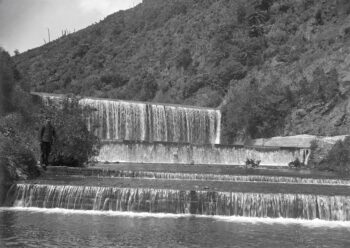
COMMENTS